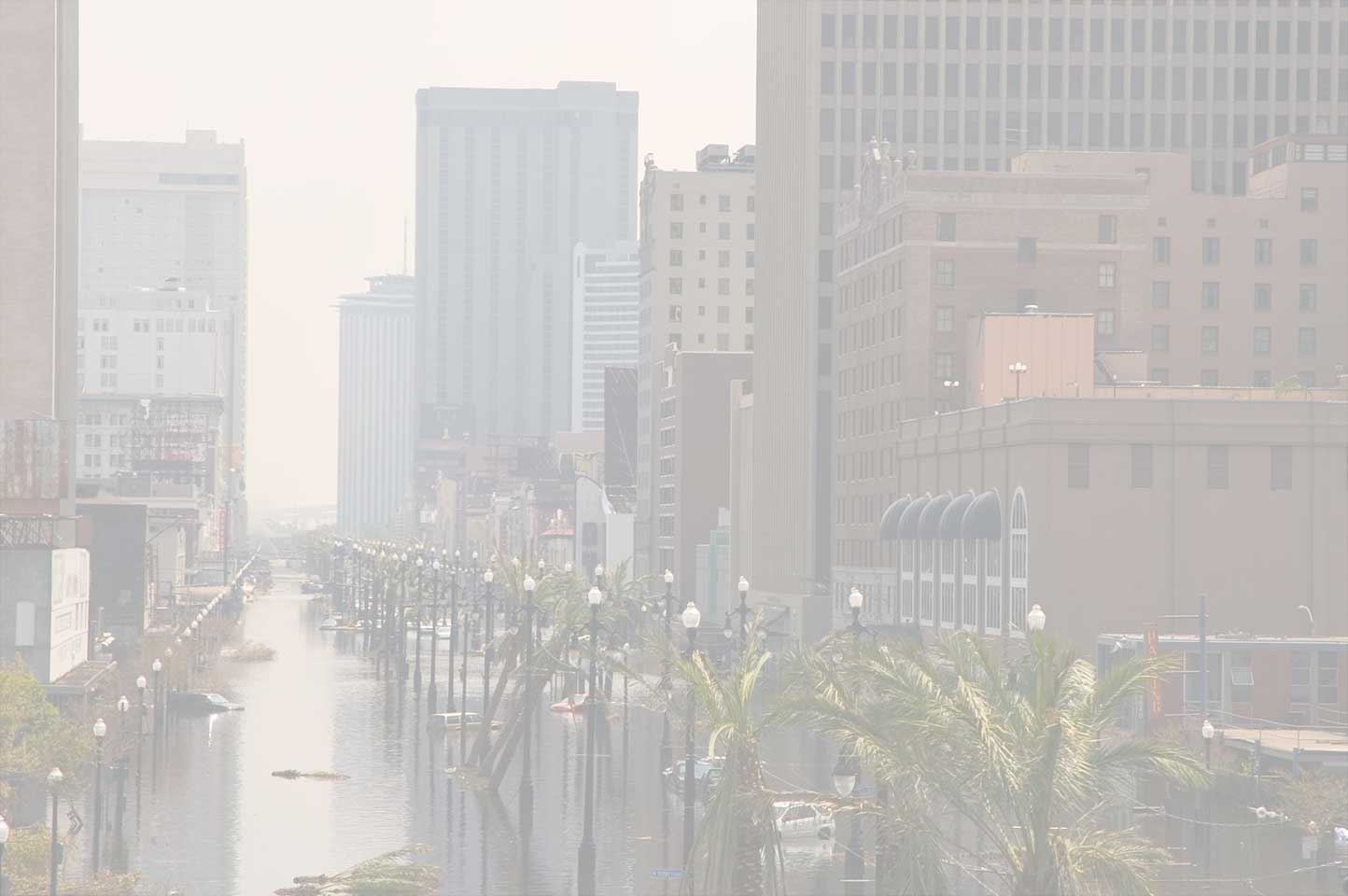This time there were no blue umbrellas, no Capitol rallies and no visits with congressional leaders. Women of the Storm, a group formed after Hurricane Katrina to advocate for post-storm assistance from the federal government, had a “virtual” lobbying effort Wednesday: using cell phones, social networks and email to reach the congressional members deciding whether to include the Restore Act in a pending transportation bill.
The act, which has passed in different versions in both the House and Senate, would allocate 80 percent of any Clean Water Act fines for the 2010 BP oil spill to the five Gulf states.
How did it go?
Anne Milling, Women of the Storm’s founder, said she managed — and believes many others did as well — to reach key staffers to deliver the message that the Gulf Coast needs the legislation to save and restore vital wetlands and ecosystems that protect the coast and supply much of the nation’s seafood and domestic oil and gas.
Milling said her group isn’t trying to influence the final version of the transportation bill, just advocating that whatever is crafted include the Restore Act, which could generate billions of dollars for the Gulf states.
Also this week, more than 100 leaders of cities, economic development organizations and chambers of commerce throughout the Gulf region sent a letter to House and Senate leaders with the same pro-Restore Act message delivered by Women of the Storm.
Michael Hecht, president and CEO of Greater New Orleans Inc., said the campaign has an advantage because it is supported by key organizations throughout the five Gulf States. “This isn’t just for Louisiana,” he said.
Rep. Steve Scalise, R-Jefferson, said he encouraged Women of the Storm and other Gulf groups to contact members of the House-Senate committee negotiating a final transportation bill. His hope is that the message will be that the legislation won’t just help the Gulf Coast, but provide benefits for the entire country by ensuring a robust seafood industry while providing for the environmental sustainability of a region that provides most of the domestic oil and gas in the United States.


